Sliding Doors vs. Room Dividers: Which Are Better for Creating Privacy?
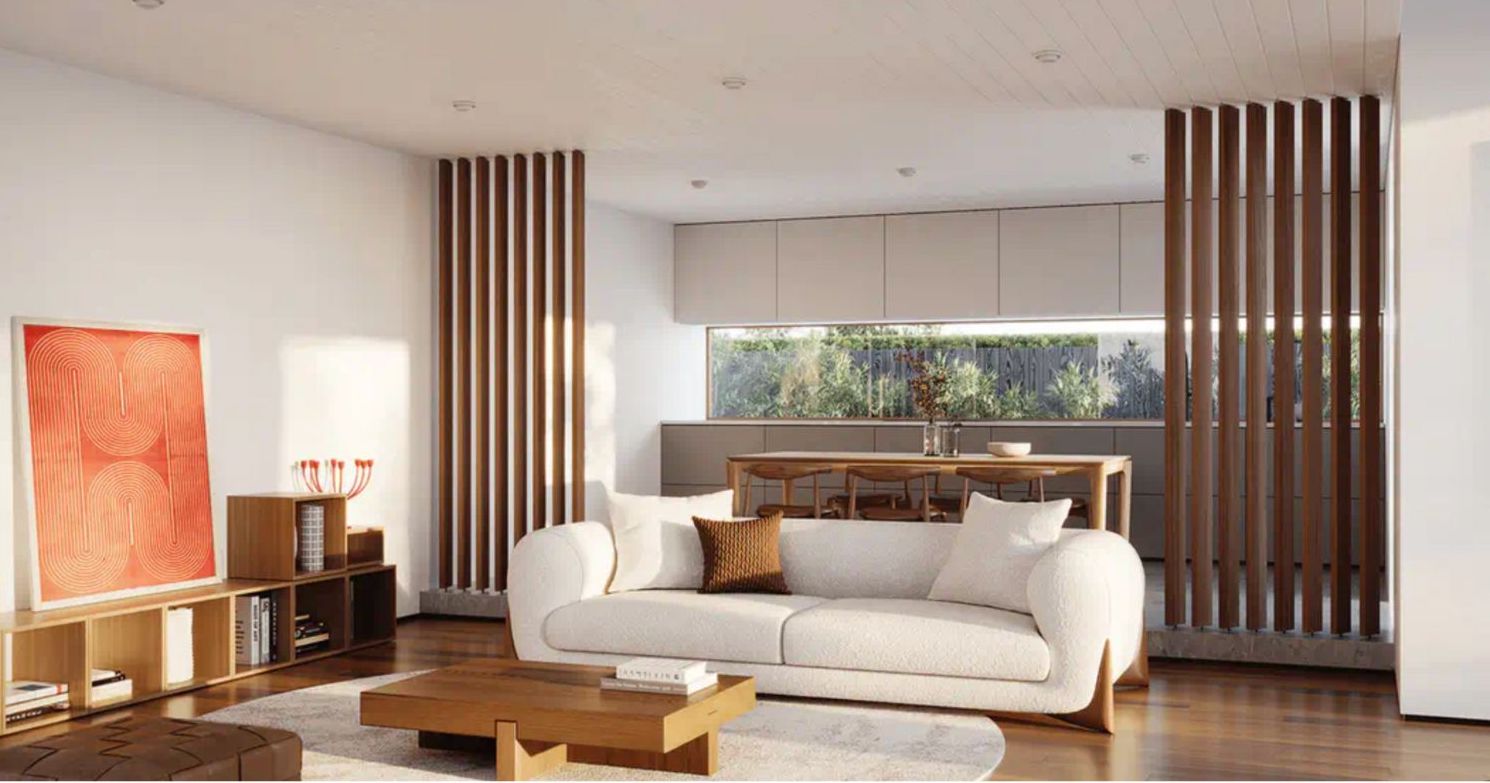
Open-concept living is great for keeping a spacious, airy feel to a space, but sometimes, privacy is necessary. Whether it’s for a home office, a bedroom, or separating shared living areas, having a way to close off a space can make all the difference.
Sliding doors and room dividers both serve this purpose, but they function in different ways.
Modern sliding doors offer a solid barrier that can be opened and closed as needed, while room dividers provide flexibility and style with partial separation.
In this article, we are going to compare these two options based on privacy, flexibility, installation, aesthetics, cost, and soundproofing to help you decide which is the best fit for your space.

Choosing the right option can transform how a room functions while maintaining an open feel. One of the most versatile choices for privacy and design is a room divider, offering both separation and style in a seamless way.
What Level of Privacy Do You Actually Need?
The level of privacy you require will determine whether a sliding door or a room divider is the better option.
If complete separation is necessary, modern sliding doors provide a solid enclosure. They fully block visibility, making them ideal for bedrooms, offices, or meeting rooms where privacy is non-negotiable.
On the other hand, room dividers allow for some separation while maintaining an open and airy feel, making them great for shared living areas, home studios, or multi-functional spaces.
If you need a flexible solution, a wood slat room divider is a stylish way to create semi-private areas. It allows light and airflow while visually defining spaces. This option works well for spaces that don’t require full enclosure but still benefit from some separation, such as lofts or studios.
How Well Do They Block Sight and Sound?
Sliding doors provide maximum privacy for closed spaces
Sliding doors are the go-to option when total privacy is needed. Solid wood or frosted glass sliding doors completely block visibility, making them ideal for bedrooms and offices.
However, clear glass sliding doors provide little privacy unless paired with frosted film or curtains. In terms of noise reduction, solid wood absorbs sound better, while glass doors may require additional insulation to prevent noise transfer.
Room dividers are a lighter and more flexible option
Room dividers offer a balance between separation and openness. They are ideal for defining spaces while still allowing light and sound to pass through. The level of privacy varies based on the type of divider used.
Room dividers provide partial privacy while maintaining a sleek, modern aesthetic.
Folding screens and fabric dividers are budget-friendly but may not offer much sound control. Glass panel dividers look elegant but provide limited privacy unless frosted or textured.
Soundproofing: Which One Reduces Noise Better?
Sliding doors provide better noise control, especially when made of solid materials like wood or insulated glass. If reducing sound transfer is a priority, modern sliding doors are the better option.
Room dividers, while effective for visual separation, are not designed for full soundproofing. Some acoustic room dividers incorporate sound-absorbing materials, but they are better suited for reducing echo rather than blocking noise completely.
If noise control is important but you still want a flexible option, thicker materials like a wood slat room divider can help absorb sound while maintaining a stylish look. This makes them a practical choice for separating spaces without fully sealing them off.
Flexibility and Ease of Use: Can You Adjust It When Needed?
Sliding doors are fixed in place
Once installed, sliding doors become a permanent feature. They are great for existing doorways or larger spaces but cannot be repositioned once set.
Some designs, like pocket doors, save space by sliding into the wall, while barn-style doors require clearance to slide open.
Move room dividers whenever you want
Room dividers are a flexible option, easily repositioned to adapt to changing needs. Freestanding designs, like the rattan and metal-framed panel shown, provide privacy without fully closing off a space.
Their woven texture allows light to filter through, maintaining an open feel while defining separate areas.
Ideal for bedrooms, living spaces, or home offices, these dividers offer a stylish way to create zones without permanent installation.
Their portability makes them perfect for multi-use rooms, allowing you to set up or remove partitions as needed. Unlike sliding doors, they require no mounting and can be stored or moved effortlessly.
Wood slat room dividers are fixed to the floor and ceiling, providing a sturdy and permanent solution for defining spaces.
Unlike freestanding dividers, they do not require relocation and offer a more stable partition. This makes them perfect for homeowners who want a stylish yet functional way to separate areas without using traditional walls.
This makes them perfect for renters or those who want a non-permanent way to define spaces without drilling or major modifications.
Installation and Space Considerations: How Easy Is It to Set Up?
More work for sliding doors, but a permanent fix
Installing sliding doors requires a track or pocket system, which may involve modifications to walls or ceilings. Professional installation is often needed, especially for heavy materials like solid wood or glass panels.
No setup needed for room dividers
Room dividers offer an instant solution without the need for installation. They work well in unconventional spaces and can be placed anywhere, including corners, hallways, and lofts.
Freestanding dividers are especially useful as they combine functionality with style while requiring no hardware or drilling.
Aesthetics and Design Options: Which One Looks Best?
Sliding doors are simple, but affordable options can look clunky
Sliding doors come in various materials, including glass, wood, and metal. They provide a contemporary look but may not be as flexible for design changes. The best looking options (usually steel or wood) are usually much more expensive than more budget options like aluminum. Once installed, they become a permanent fixture, making it hard to redesign the space later.
Room dividers are functional and decorative
Room dividers allow for more versatility in design. Wood slat dividers add warmth and style while maintaining an open feel.
Fabric and folding screens offer a casual, budget-friendly solution, while glass panel dividers create an elegant yet semi-private separation.
This makes room dividers a great option for those who want a decorative and functional element in their space.
Cost and Maintenance: What’s the Best Value?
Sliding doors are more expensive upfront
Sliding doors often come with a higher upfront cost, especially custom designs made from solid wood or glass. However, they require minimal maintenance, with occasional track cleaning being the only upkeep needed.
Room dividers are budget-friendly and low-maintenance
Room dividers are generally more affordable and require little to no maintenance. They provide a high-end look at a lower cost while offering the flexibility to change or reposition them as needed, depending on the divider’s type of wood used.
Room dividers also offer a balance of affordability and durability, making them a great investment for both aesthetics and functionality.
|
Need |
Best Choice |
|
Full Privacy and Noise Control |
Sliding Doors |
|
Semi-Private Separation |
Room Dividers |
|
Flexibility to Move or Redesign |
Room Dividers |
|
Soundproofing is a Priority |
Sliding Doors |
|
Budget-Friendly Solution |
Room Dividers |
|
Best Aesthetics |
Room Dividers |
|
Low-Maintenance Option |
Movable Room Dividers |
Conclusion
Choosing between sliding doors and room dividers depends on your needs. If full privacy, noise reduction, and a permanent solution are your top priorities, modern sliding doors are the better choice.
However, if you prefer flexibility, easy setup, and a stylish alternative without major installation, a wood slat room divider offers both function and visual appeal. It allows for defined spaces without completely closing off a room, making it ideal for open layouts.
With its ability to balance privacy, flexibility, and aesthetics, a wood slat room divider remains one of the most practical solutions for open-concept spaces looking for a versatile design upgrade.
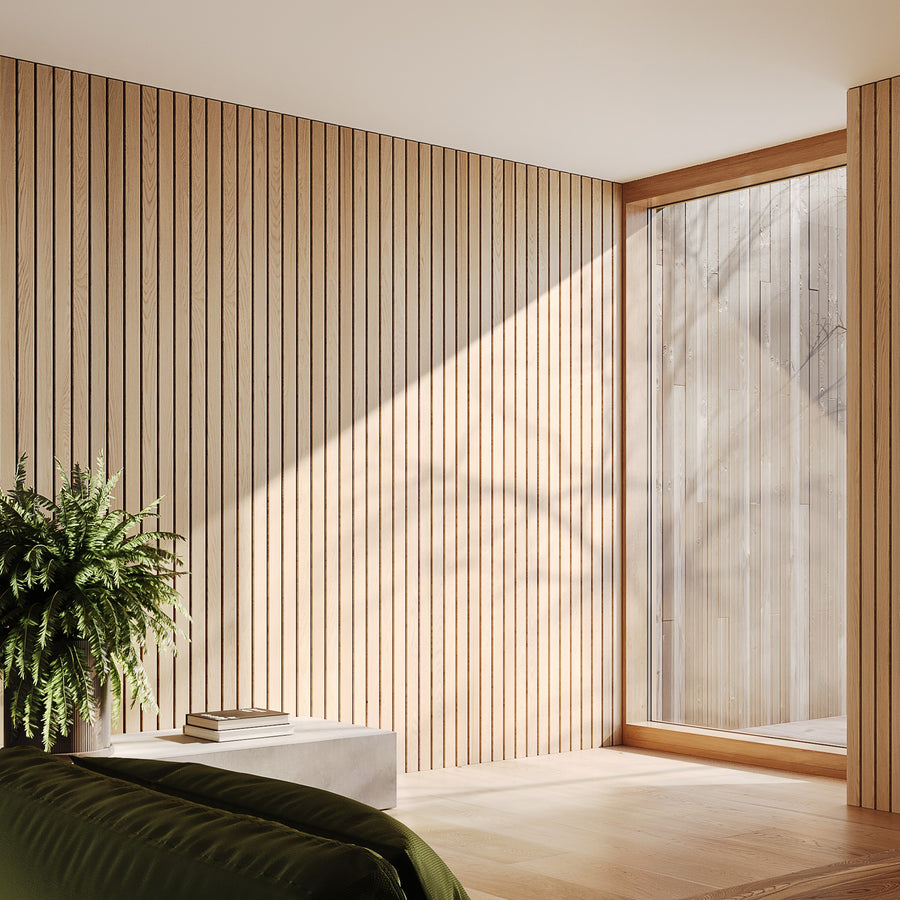

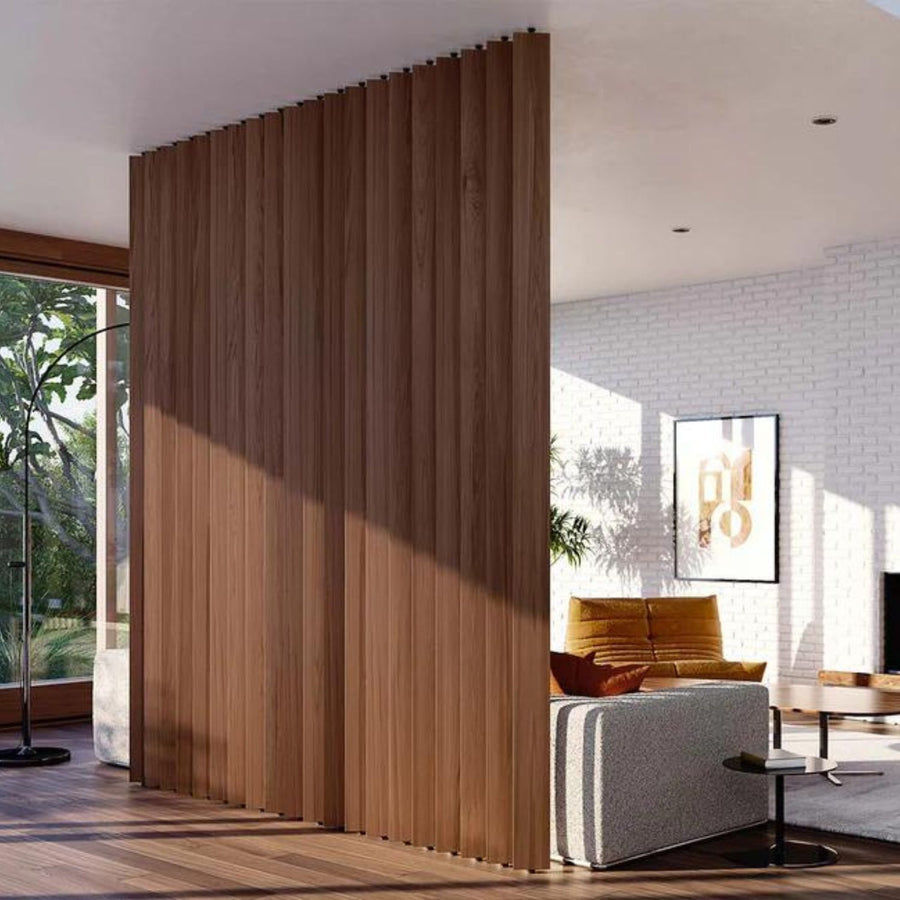
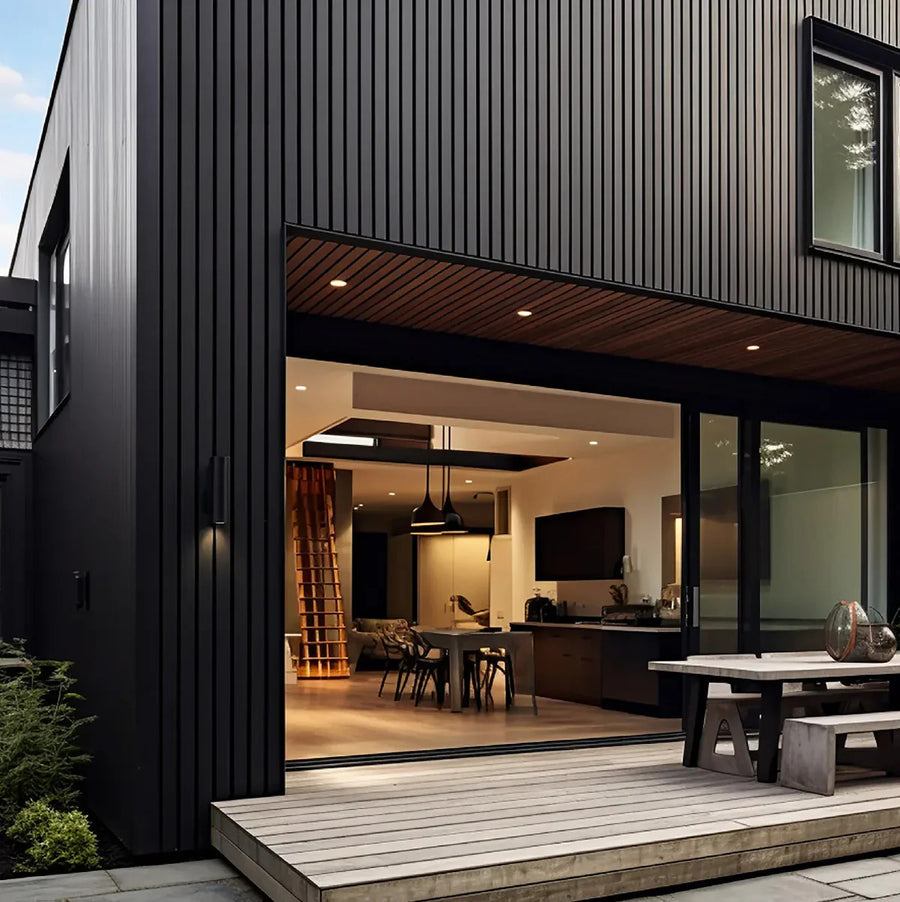
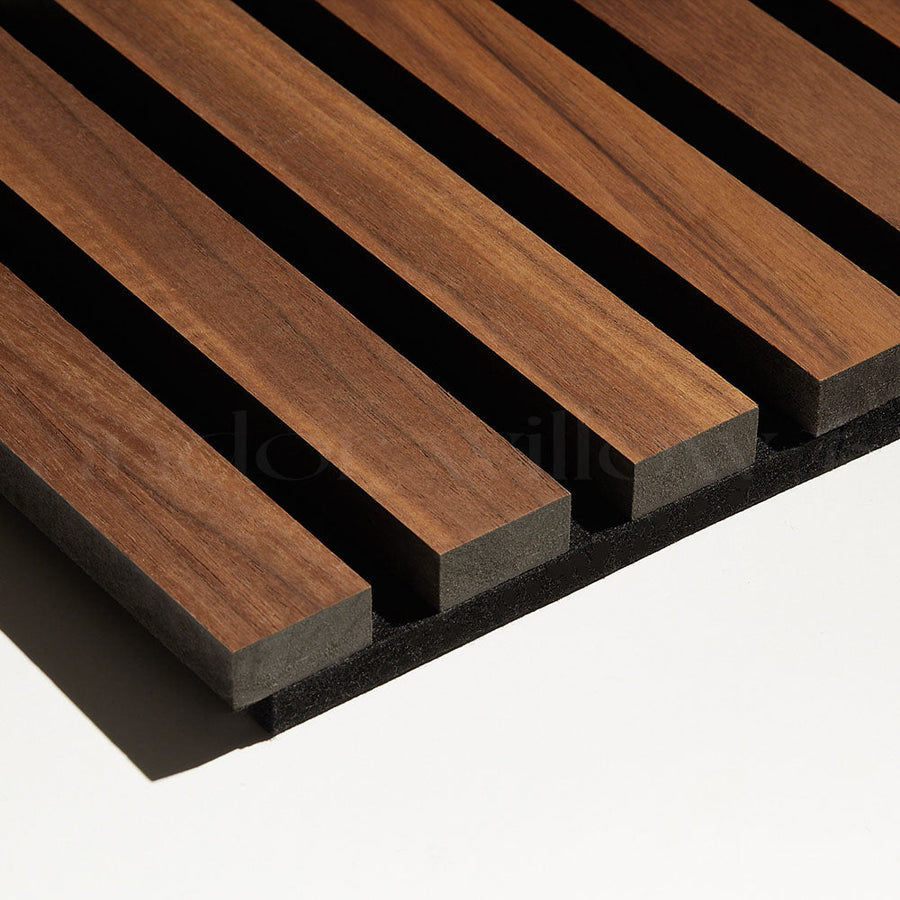
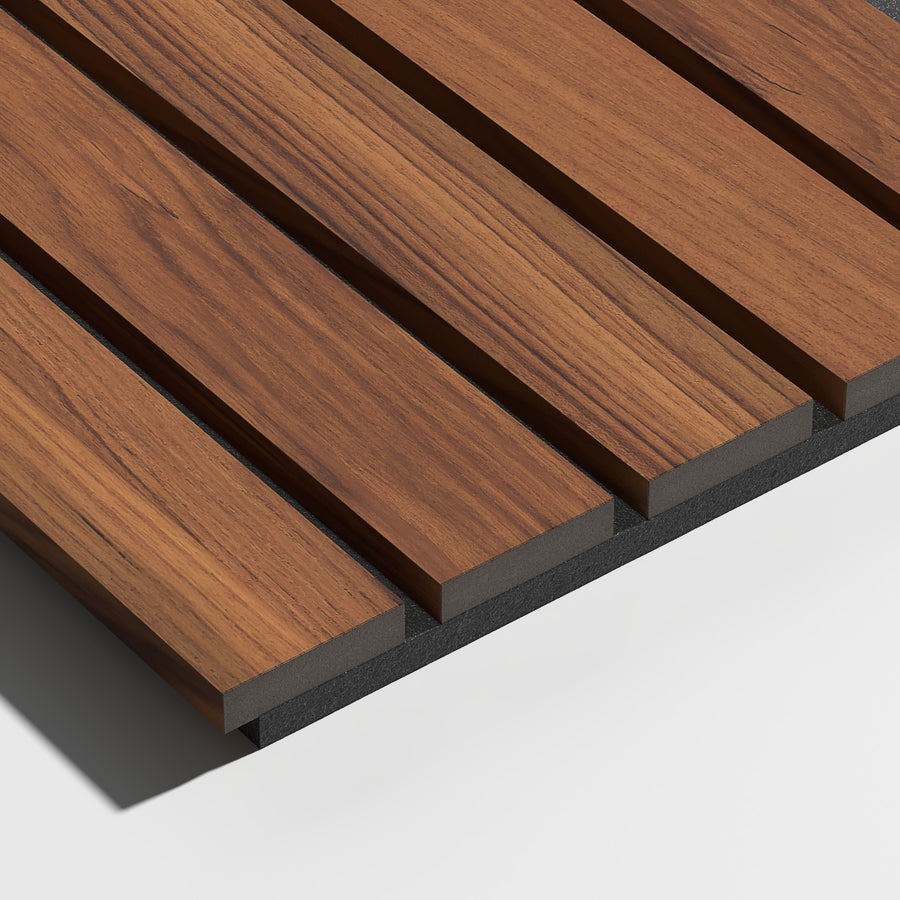



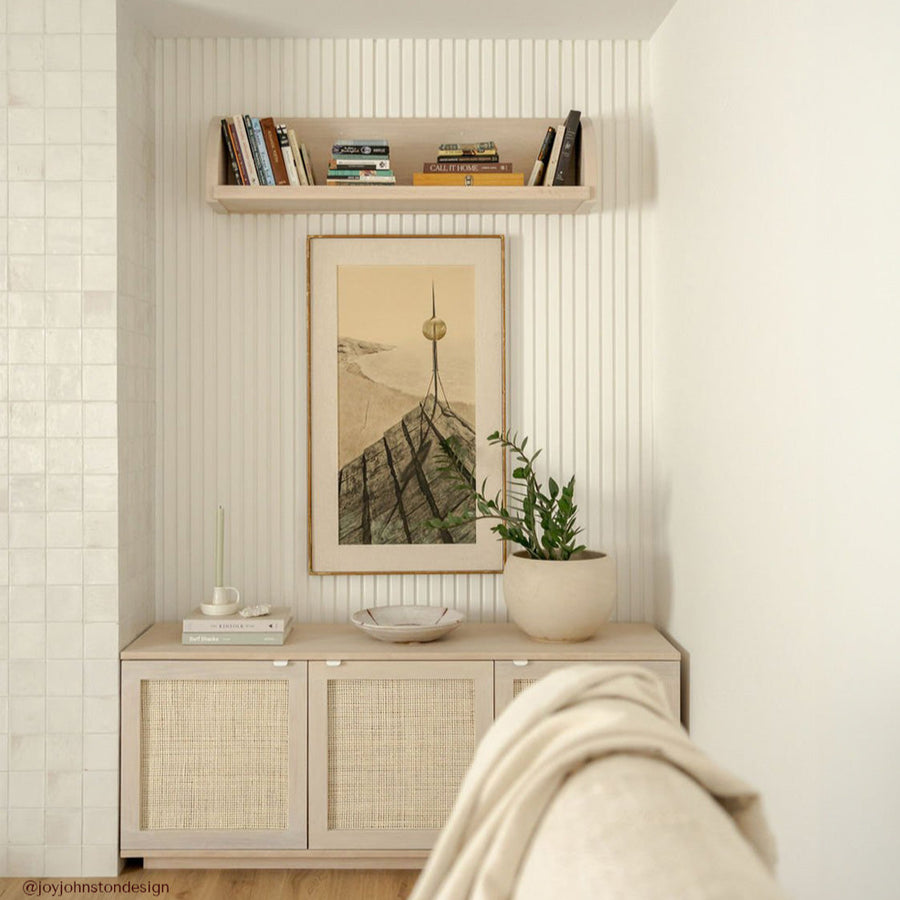



























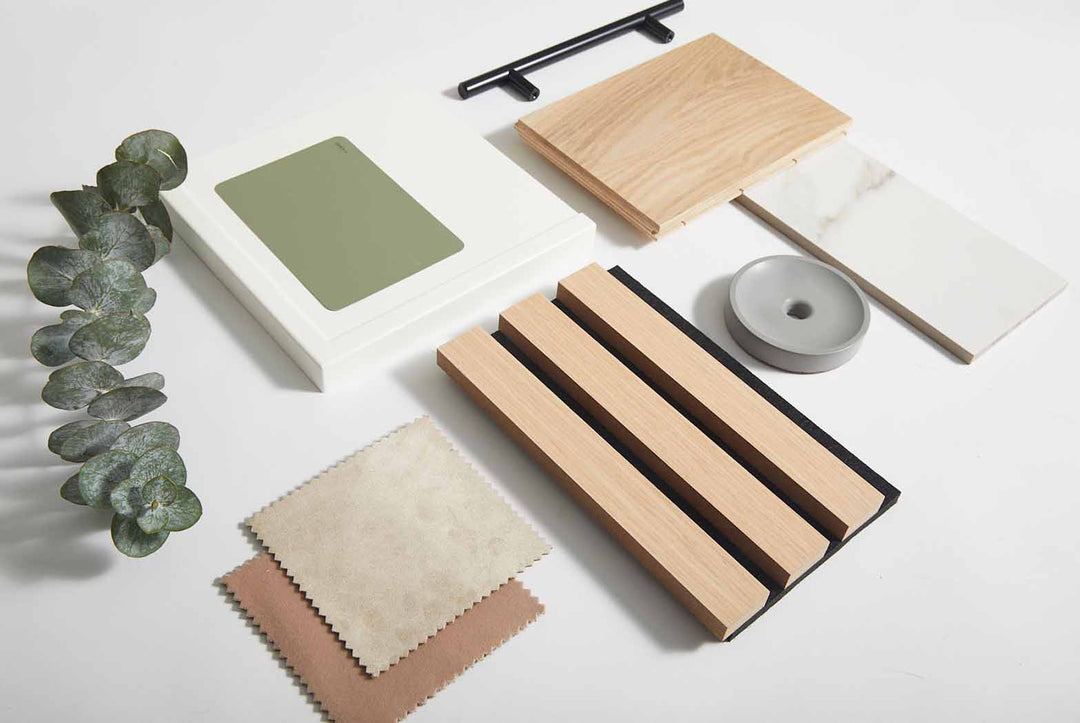












Leave a comment